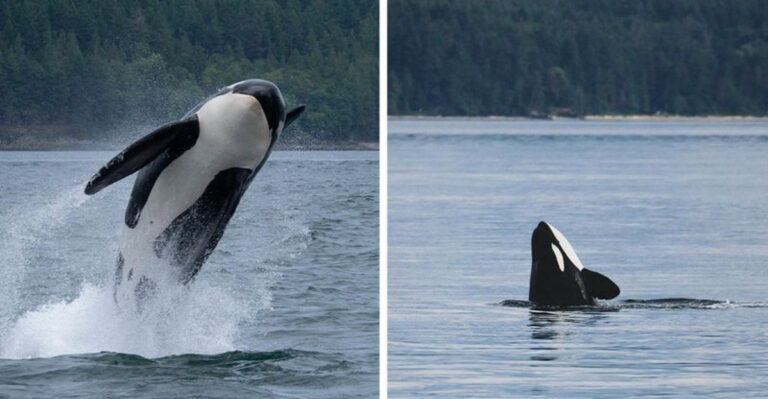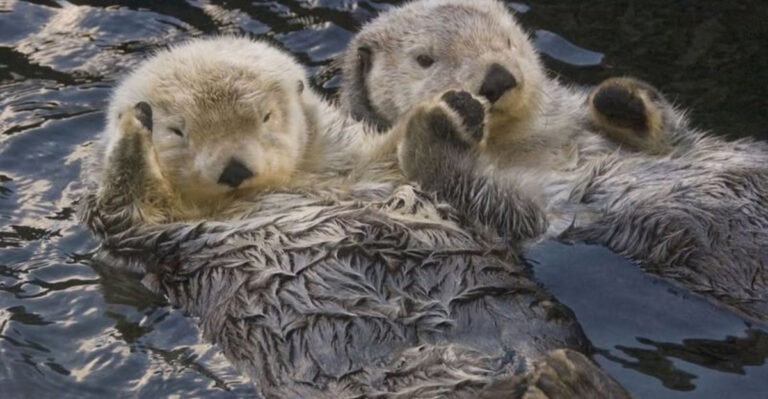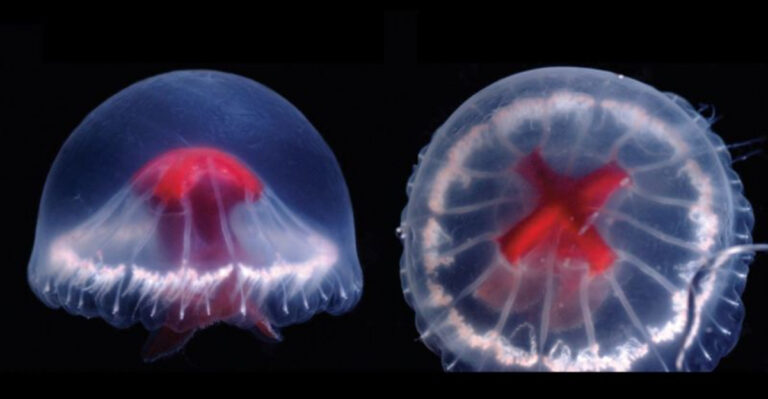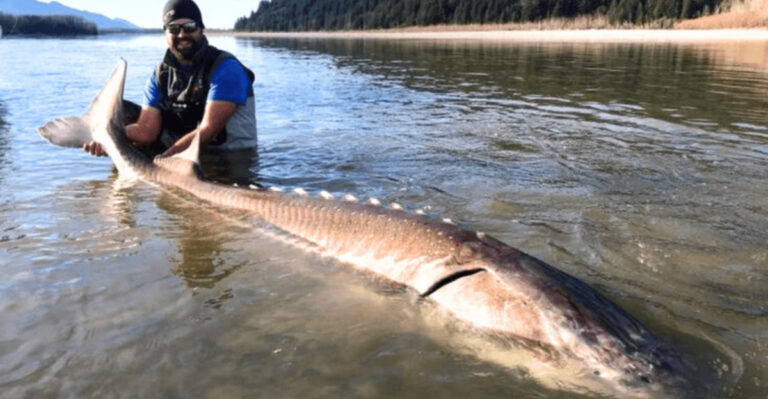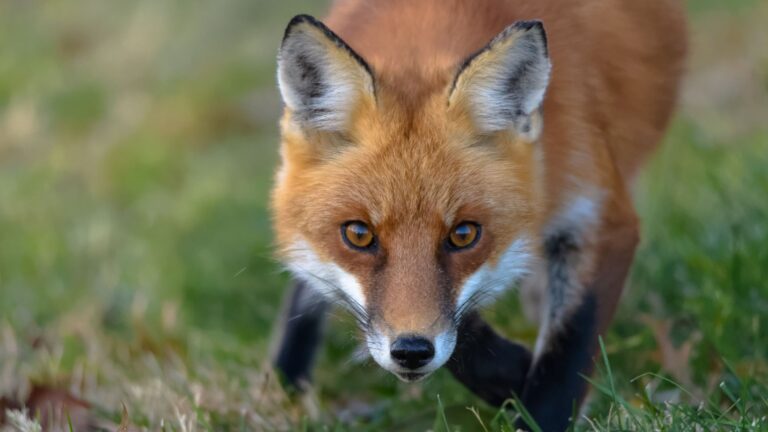Why Butterflies Are Slowly Disappearing From North America
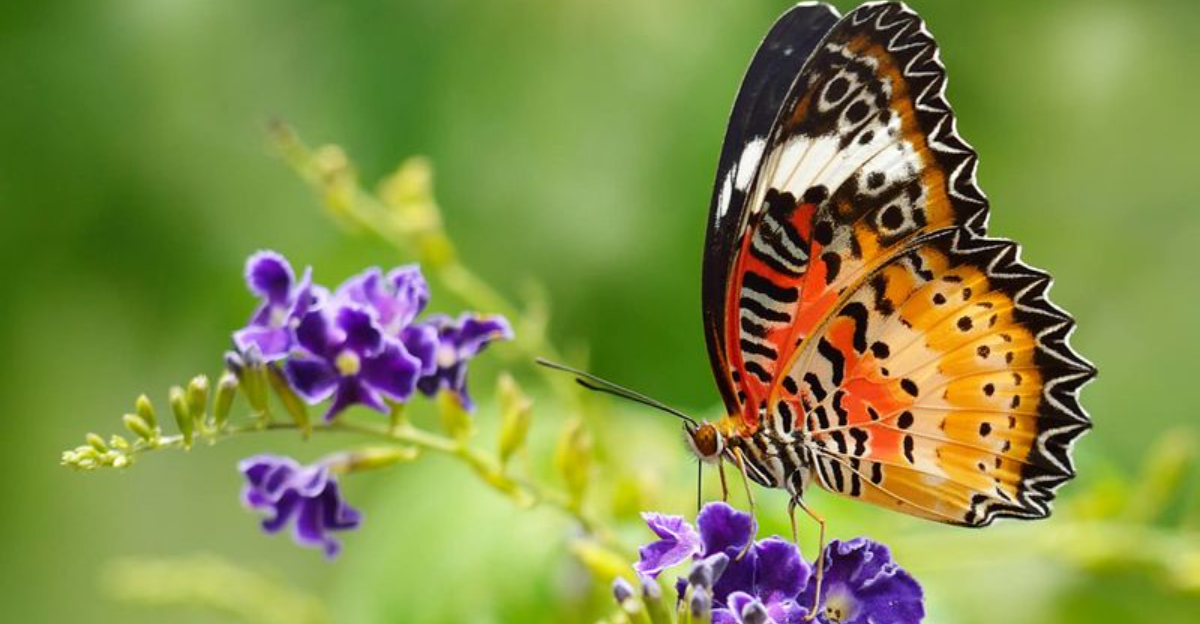
Those delicate, colorful wings that once filled our gardens and parks are becoming a rare sight. North American butterfly populations have plummeted by over 30% in recent decades.
This alarming decline isn’t just sad for butterfly lovers – it signals serious problems in our ecosystems that affect everything from pollination to predator-prey relationships.
1. Habitat Loss Squeezes Butterfly Homes
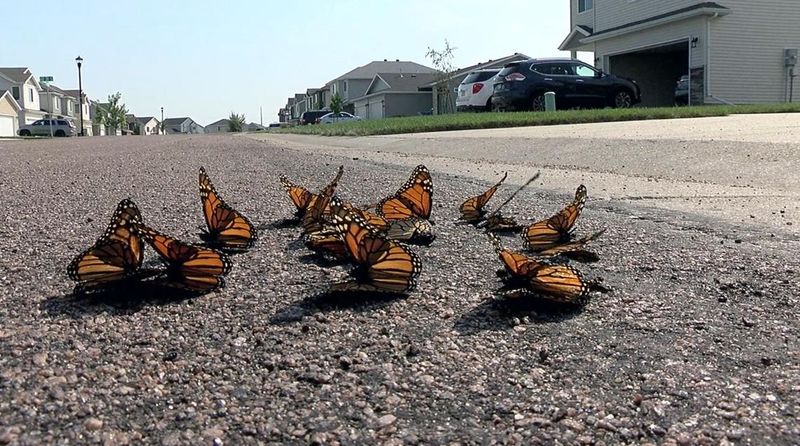
Meadows and wildflower fields transform into shopping malls and housing developments daily. When bulldozers clear land, they destroy the specific plants butterflies need for laying eggs and feeding caterpillars.
Many species require particular native plants that simply don’t exist in our manicured lawns and ornamental gardens.
2. Climate Change Disrupts Delicate Timing
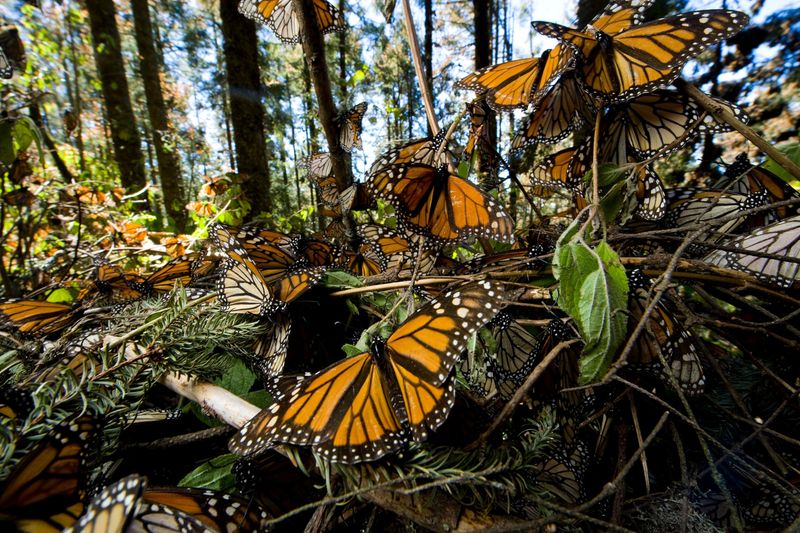
Warming temperatures trick butterflies into emerging too early, before their food plants have grown. Imagine waking up starving to find all restaurants closed for weeks!
Extreme weather events like droughts, floods, and unseasonable frosts unalive butterflies at all life stages, from egg to adult. Climate shifts also alter migration patterns critically.
3. Pesticide Poisoning Takes Its Toll
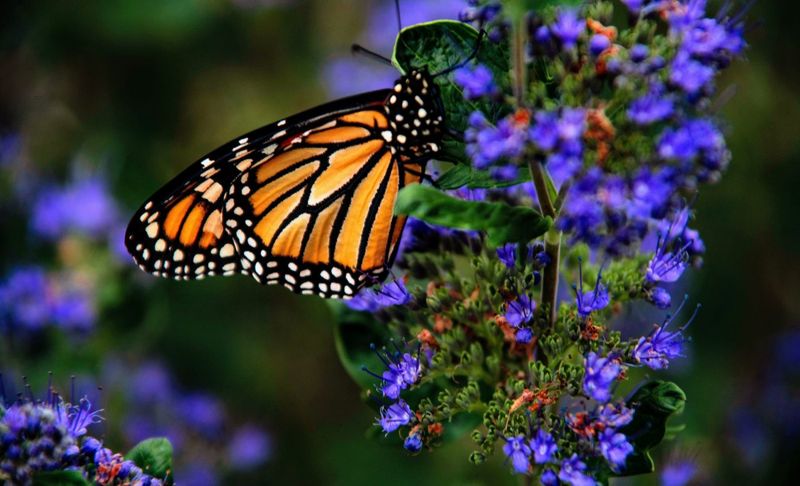
Garden chemicals don’t discriminate between “bad” bugs and beneficial ones. Neonicotinoids, commonly used insecticides, are particularly devastating as they can remain in plants for months.
Even herbicides cause harm by eliminating food sources and egg-laying sites. A perfectly weed-free lawn is essentially a butterfly desert.
4. Invasive Plants Replace Butterfly Favorites
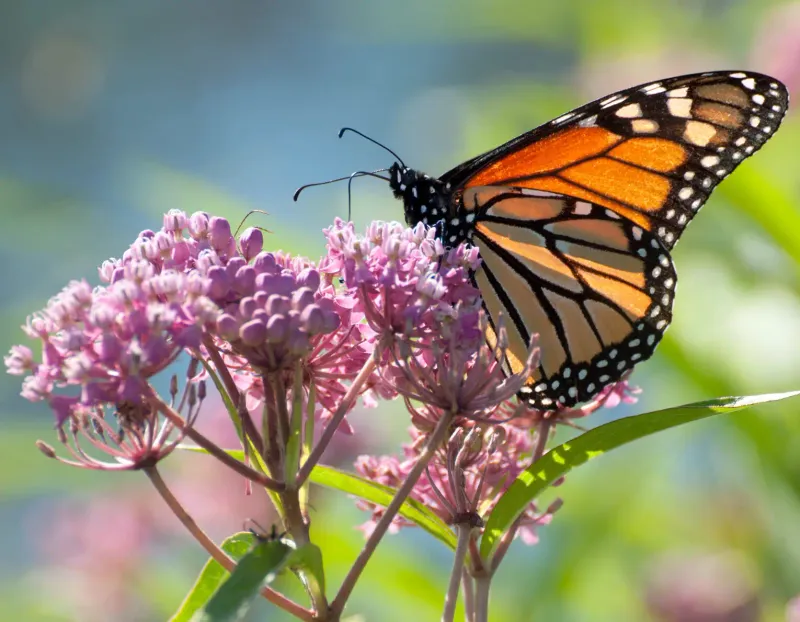
Exotic plants from other continents crowd out native species butterflies depend on. The beautiful purple loosestrife might catch your eye, but it’s pushing out the very plants monarch caterpillars need to survive.
Many butterfly species can only feed on specific native plants, creating an ecological trap when these plants disappear.
5. Light Pollution Confuses Nocturnal Species
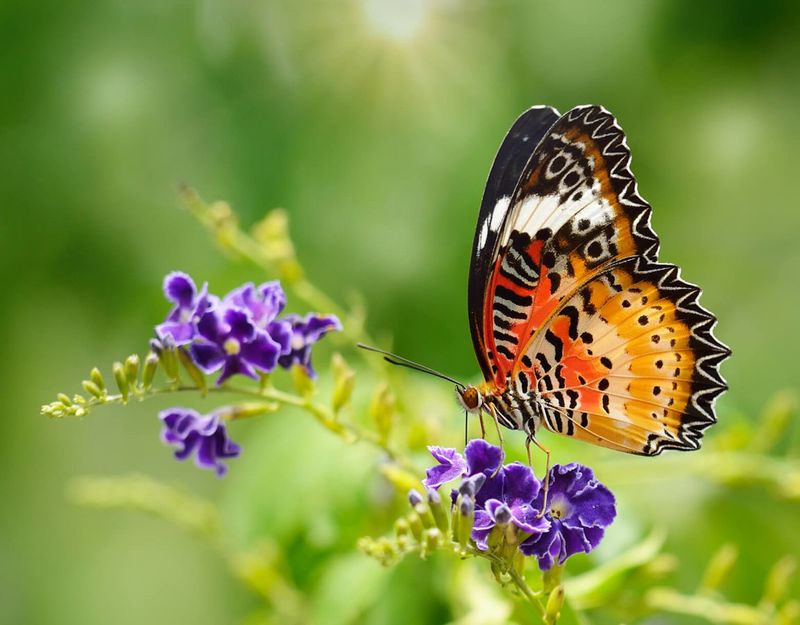
Artificial lighting disrupts natural behaviors of night-flying moths and butterflies. Street lamps and building lights disorient them, causing exhaustion and making them easy targets for predators.
Bright lights interfere with mating rituals and migration patterns. Some species circle lights until they die from exhaustion, never completing their natural life cycle.
6. Disease Spreads Through Weakened Populations
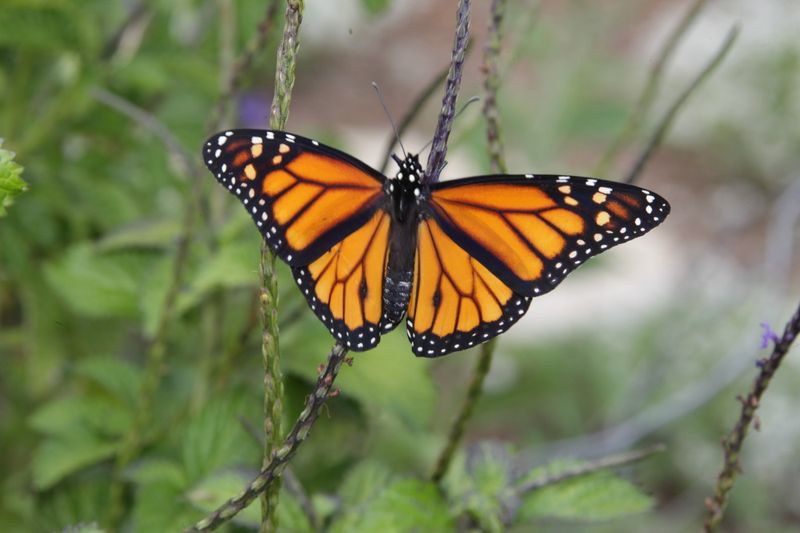
Just like us, butterflies catch diseases. Ophryocystis elektroscirrha (OE) infects monarchs, causing deformed wings and early death. Stressed populations have weaker immune systems, making them more susceptible.
Well-meaning butterfly releases sometimes spread disease when infected butterflies are introduced to new areas. This problem compounds when populations are already struggling.
7. Car Collisions Create Butterfly Roadkill

Millions of butterflies meet their end on car windshields and grilles each year. When migration routes cross highways, the results are devastating for species like monarchs that travel in concentrated groups.
Roads also fragment habitats, forcing butterflies to cross dangerous zones to reach food or breeding grounds. The problem worsens as highways expand through natural areas.
8. Milkweed Shortage Starves Monarch Caterpillars

Monarch caterpillars eat only milkweed – nothing else will do. Roundup-ready crops have eliminated millions of acres of this essential plant from farmland borders where it once thrived.
Without milkweed, there simply are no monarchs. The plant has decreased by over 90% in the Midwest corn belt, directly tracking with monarch population crashes.
9. Extreme Weather Events Strike Vulnerable Colonies

Freak storms can wipe out entire butterfly populations overnight. In 2002, a single winter storm killed 80% of monarchs in their Mexican overwintering grounds – half a billion butterflies gone in days.
Hurricane winds blow migrating butterflies off course. Floods drown caterpillars and chrysalides. As climate change increases these events, butterfly recovery becomes increasingly difficult.
10. Agricultural Intensification Eliminates Field Margins
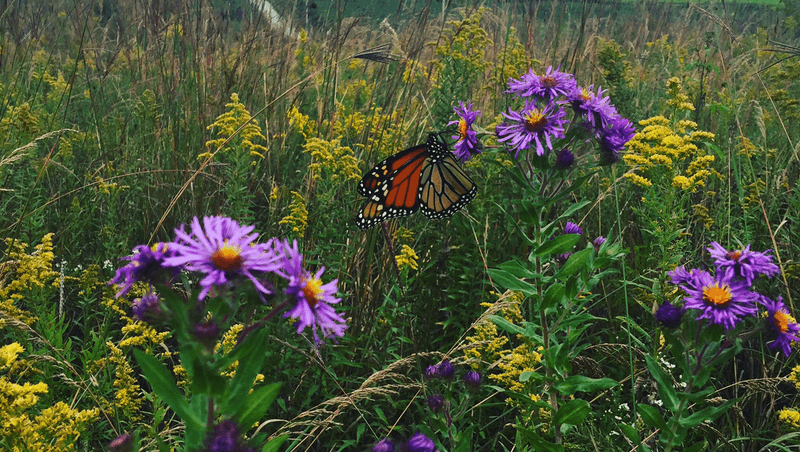
Modern farming practices maximize every inch for crops, removing hedgerows and field margins where butterflies once thrived. These “messy edges” provided critical nectar sources and shelter throughout the growing season.
Large monoculture fields create food deserts for butterflies, forcing them to travel dangerous distances between suitable habitats. This problem affects rural butterflies most severely.
11. Changing Fire Patterns Alter Forest Ecosystems
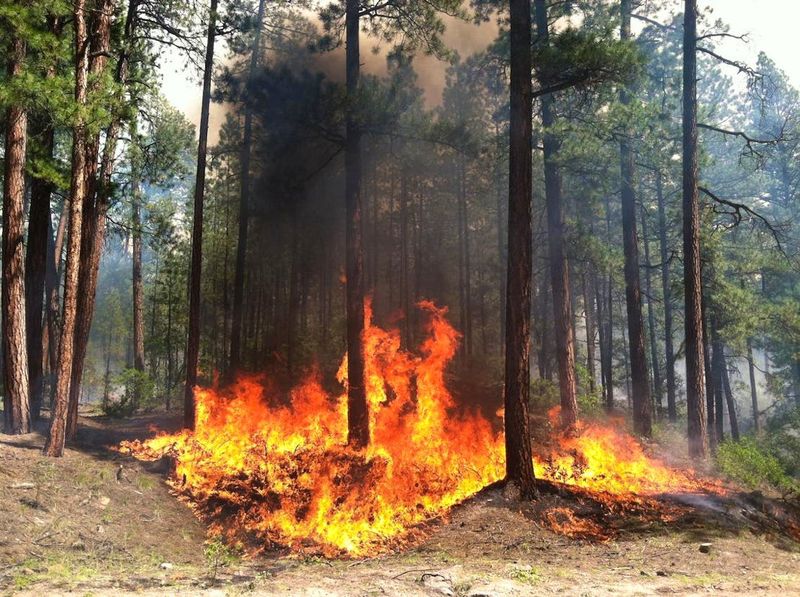
Wildfires once created natural clearings where butterfly-friendly plants flourished. Now, fire suppression leads to overgrown forests without the sunny openings many species need.
Conversely, climate-driven mega-fires burn too hot and too vast, destroying butterfly populations across entire regions. This disrupted fire ecology affects western butterfly species particularly hard.
12. Parasitic Flies Target Caterpillars
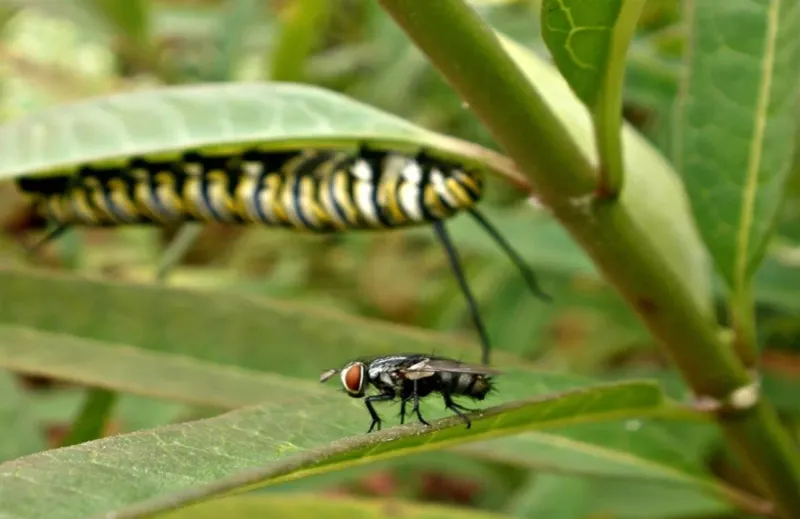
Tiny tachinid flies lay eggs on caterpillars, their larvae eating the host from inside out. While natural, these parasites can devastate already-struggling butterfly populations, especially when environmental stressors weaken caterpillar defenses.
Climate change has expanded the range of some parasitic species into new butterfly territories. This creates novel threats butterflies haven’t evolved to resist.
13. Overcollection Threatens Rare Species
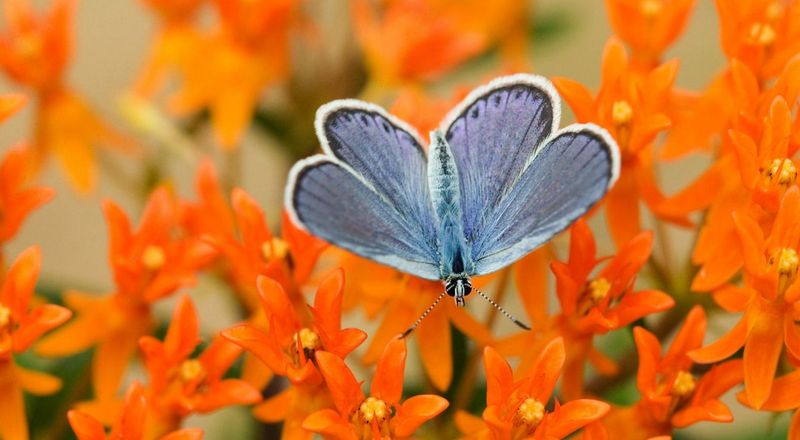
While most butterfly enthusiasts observe responsibly, rare species still face collection pressure. The endangered Karner Blue butterfly became even scarcer due to collectors seeking this beautiful rarity for display cases.
Scientific research sometimes requires collecting specimens, but unregulated hobby collection can push already-vulnerable populations toward extinction. Some species are now protected by law.

